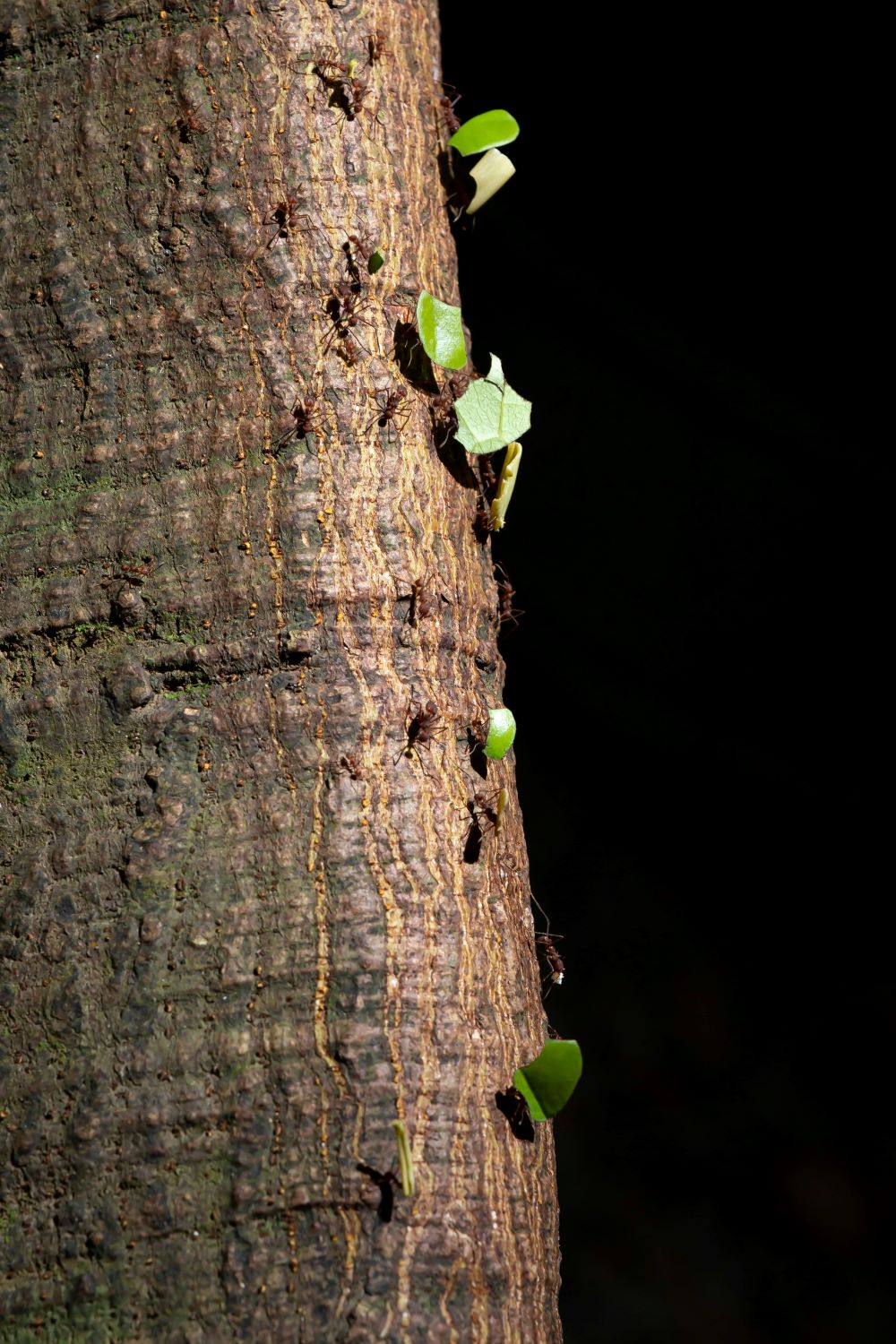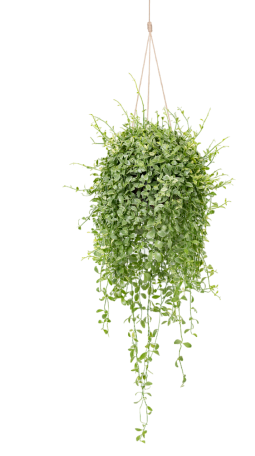Learning from the Ants on Keeping A Healthy Home Microbiome

Insects, for as small as they are, can be pretty smart. In another article, we wrote about how termite mounds are actually an amazing study in natural ventilation, because the architecture of the mound is built for temperature control, even in the hottest climates of the world. The termites incorporate micropores and “chimneys” which are regulated by worker termites, allowing outside air to permeate and cool the mound and keep it at specific temperatures for incubation of the larvae and cultivation of their food-fungus crop.
Yes, you heard that right–a certain type of termite, the Macrotermitinae termite, cultivates and eats fungus as we would cultivate and eat wheat. And they are not alone. The Leaf-Cutter Ant, you guessed it, cuts leaves and brings them into the colony as a food source for Lepiotaceae fungus they cultivate in their nests. The fungus breaks down plant polymers that the ant digestive enzymes can’t, making the plants nutritionally available to the ant hosts when the ants eat the farmed fungus. (The Leaf-cutter Ant’s 50 Million Years of Farming)
Mycophagy is the consumption of fungi, and it’s a widespread ecological strategy. In addition to termites and ants, some beetles, wasps, slugs and snails, rodents, reptiles and crickets eat fungi. Farming and eating fungus is not very appetizing, but it’s not so different from us making yoghurt, pickles, or any other fermented food for probiotics and enhanced digestion. The leafcutter ants have developed all kinds of methods and tools to make sure that their prized fungus grows without contamination and competition from other fungi and bacteria. Here are some of these tactics:
- Fungus crops are meticulously groomed and “weeded” for debris and pests in a process called weeding.
- Some colonies have designated “waste sites” to keep pests and foreign microbes away from the fungal crop.
- Worker ants carry antibiotic-producing Actinobacteria species on their underbellies which are deposited in the fungus gardens as they move over them. The ants also secrete phenylacetic acid and short-chain fatty acids, both with antimicrobial properties.
Alright, growing fungus is fine for the ants but what is the application for humans and our homes?
Everyone’s home has a microbiome. A microbiome is the community of microorganisms (such as fungi, bacteria and viruses) that exists in a particular environment. (Microbiome- National Human Genome Research Institute) We carry around good AND harmful microbes on our bodies’ surface, inside us, and on our clothing and furnishings. Sometimes proliferation of harmful microbes can occur when the environment favors them (high humidity/moisture, incorrect pH, moderate temperature) and we are not vigilant to “weed” them out. With only a few “workers” in each home and often a large area to cover, technology helps us keep up with the work.
Here are best practices and best technology to cultivate good microbiomes in our homes. Contact us for even more articles and tips on specific problems!
- Remove shoes and outside clothing like coats and hats at the door.
- Keep an eye on humidity in the home with your HVAC thermostat (if it has this function) and Portable Humidity Sensors. You’ll want to keep the humidity between 40-60% to avoid microbial overgrowth.
- Have a method of air circulation in every room, if possible. Keep those ceiling fans on, and clean them every few months!
- Change the HVAC filters regularly, and find out if you can upgrade filtration with a higher MERV rated filter.
- Do not allow water leaks to continue unabated…
- Keep an eye on the outside condition of your home to prevent water and pest intrusion.
- Use exhaust fans AND makeup air pathways to evacuate humid air and cooking contaminants.
- Try to stick to a regular cleaning schedule with non-toxic products, especially ones that are formulated to remove mold, like EC3 products.
- Clean the wet, moist areas of the home on a schedule too (washing machine, dishwasher, shower, etc.)
- Clean the pets!
- To foster a healthy microbiome, you can add probiotics to your air, and even clean with them.
And on our bodies, of course there are other practices to keep from being overtaken by the wrong microbes:
- Don’t overload on sugars and foods that directly turn into sugars, because these allow yeasts and other harmful microbes to proliferate in different areas of your body. (Does Sugar Cause Yeast Infections?)
- Keep your respiratory system moisturized for its best performance as an infection barrier.
- Don’t allow wet clothing to sit around in a laundry pile.
- Use EC3 non-toxic laundry additive to remove mold from clothing.
- Showering with enzymatic or probiotic products helps to defeat mold.
- Install dust-mite encasements on your mattress, boxspring and pillows to keep dust mites from proliferating.
- Use approved respirators when removing water-damaged and dusty building materials so that you don’t breathe harmful spores and bacteria into your lungs.
Photo by Stephanie LeBlanc on Unsplash






